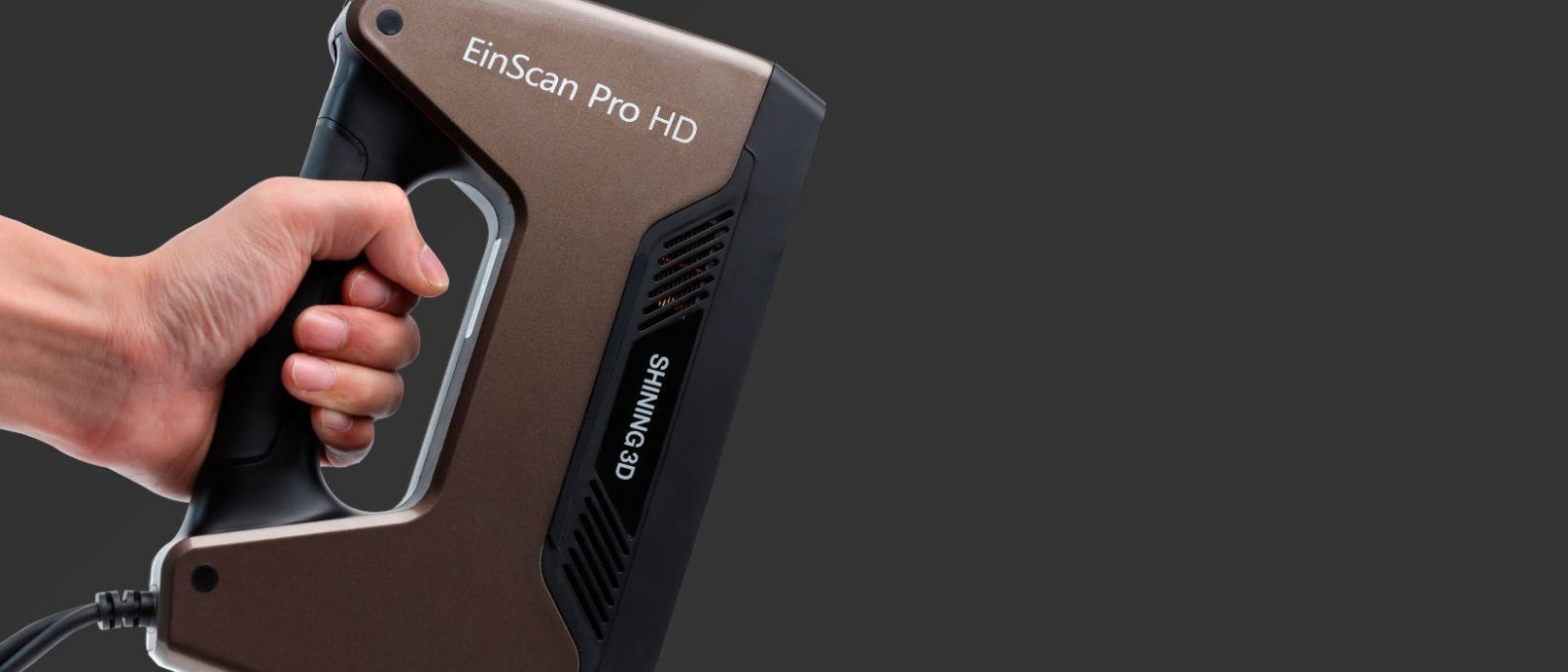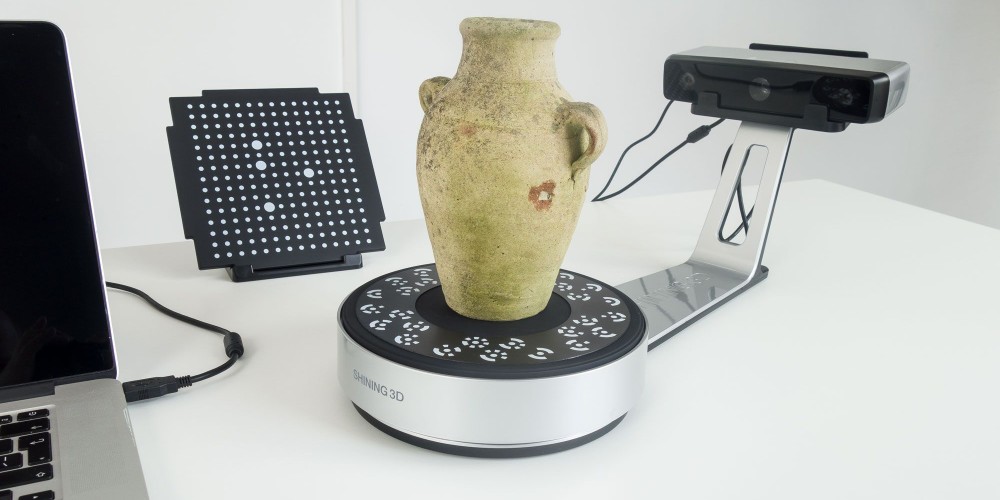Why a 3D Scanner is Essential for Reverse Engineering?
In this Blog article, Reverse Engineering Service expert Mako GmbH discusses the importance of a 3D Scanner for reverse engineering process.
Most manufacturing process these days starts with 3D CAD drawings. That can be a problem if you need to reproduce something that’s more than a few years old, as you might not have a CAD file to work from. An example might be where a car from the 1950’s needs a replacement part. There are no drawings left, just the part.
As 3D printing has established itself as the pre-eminent tool for rapid manufacturing, traditional processes like drafting models on paper, or carving them from clay, have fallen out of fashion. Yet for designers and manufacturers who need to reproduce objects for which CAD files aren’t available, there is a solution: a 3D scanner.

Reproducing a geometric object such as a desk is simple: it is just a series of planes and can be easily and quickly drawn up in CAD. But something more intricate, like an ergonomic grip on a hand tool or a part of a car with complex geometry, introduces a level of complexity, for which simple drawing becomes impractical. Without a scanner, it is rarely economical to even consider trying to reproduce them.
Capturing something like the wing of a car would have taken several days using traditional methods. A skilled designer would have to approximate geometry, measured using calipers, tapes and other measurement equipment, and construct a series of curves from which to manufacture.
Now, the same job can be done in minutes using a 3D scanner. It’s when you are reverse engineering this kind of complex shape that scanners really come to the fore.
Pixel-perfect reproduction
It is not just a time-saver, either. Moving away from traditional processes introduces a degree of accuracy that would previously have been out of reach.
Absolute accuracy for any point measured from the surface of a scanned object can be guaranteed, because scanners can be calibrated to traceable standards. Feeding 3D scan data into CAD software requires a further operation to convert it into a format that it recognizes using scan data processing software.

Cost savings
There are many reasons why you might want to reverse engineer an existing part – and not all of them revolve around selling the result to an end customer. Items such as press tools can be scanned after a certain number of cycles and data compared with the original new tool. Tool wear can then be monitored and predicted, allowing downtime for replacements to be scheduled.
Production tooling is an important area for scanning. Operators keep dropping their tools and breaking the plastic handles, each of which costs hundreds of pounds to replace. They want to be able to reverse engineer the grip and keep it on file so that when they need a new one, they can simply print it, in house, straight from the scan. The capture takes about 15-minutes and needed half an hour of post-processing. It is ready for output much faster.
If you want to explore more about Reverse Engineering, CAD software and how to master them check out our Blog Posts here or contact us here to get in touch with a Reverse Engineering expert!

